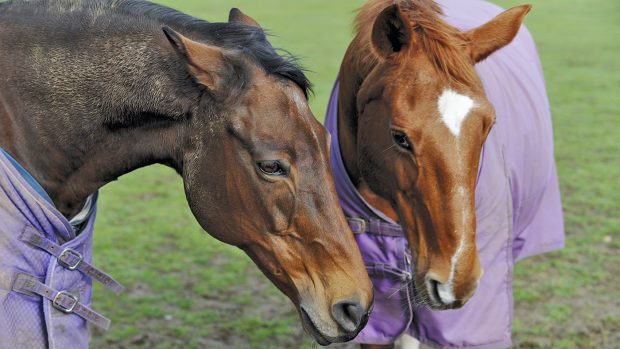Q: My seven-year-old gelding suddenly hates having his ears touched and someone at my yard suggested he could be suffering from an ear mite infection. Could this be the case?
Graeme Cooke MRCVS replies Ear infections are usually very irritating, and will progress, if untreated.
Lice and mange infections are, of course, not exceptional in horses, especially when seasonal, management, and stabling conditions predispose to the parasites.
However, unlike in cats and dogs, it is very rare for mites to be found within horses’ ears. More commonly they can infest the legs (especially feathers), tail and mane.
Often, mites cause extreme itchiness, which can lead the horse to rub and abrase its own skin. In the case of ears, you might expect one ear to be constantly rubbed, rather than both.
If you are concerned about anything in your horse’s ears, ask your vet to sedate your horse so he can do a thorough and safe examination of the deeper regions of the ear canal.
He may use a torch or a piece of eqipment called an Auroscope. Samples of ear wax orscrapings of the ear wall may be required for further testing.
Where mites have been detected, small-animal ear preparations have been used successfully. However, be warned that your horse may require sedation every time you need to apply the medicine into the ear.
Alternatively, your vet may find that bacterial infection, a growth, or a foreign body such as bedding material, is the cause of the ear problem, and will treat it accordingly.



